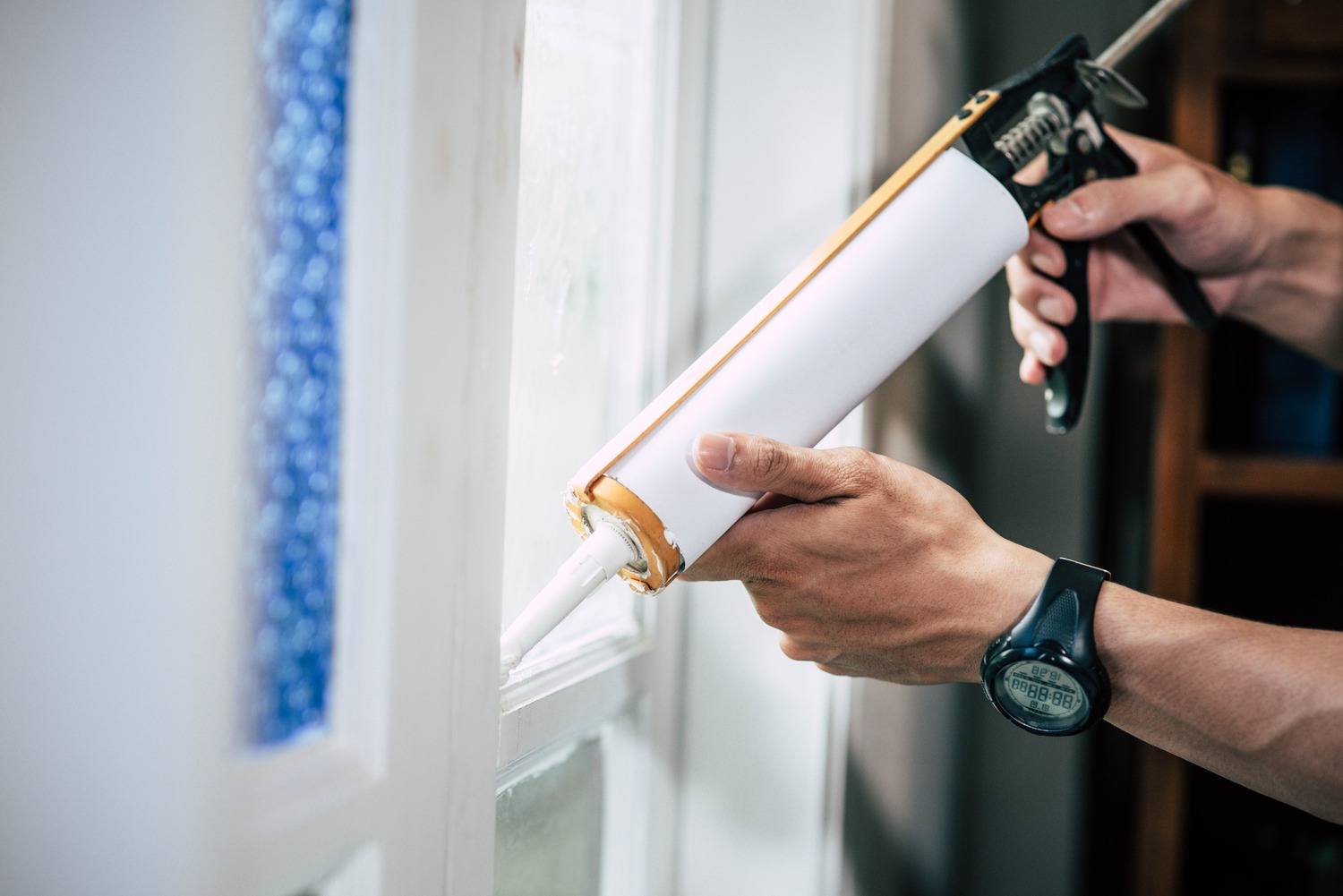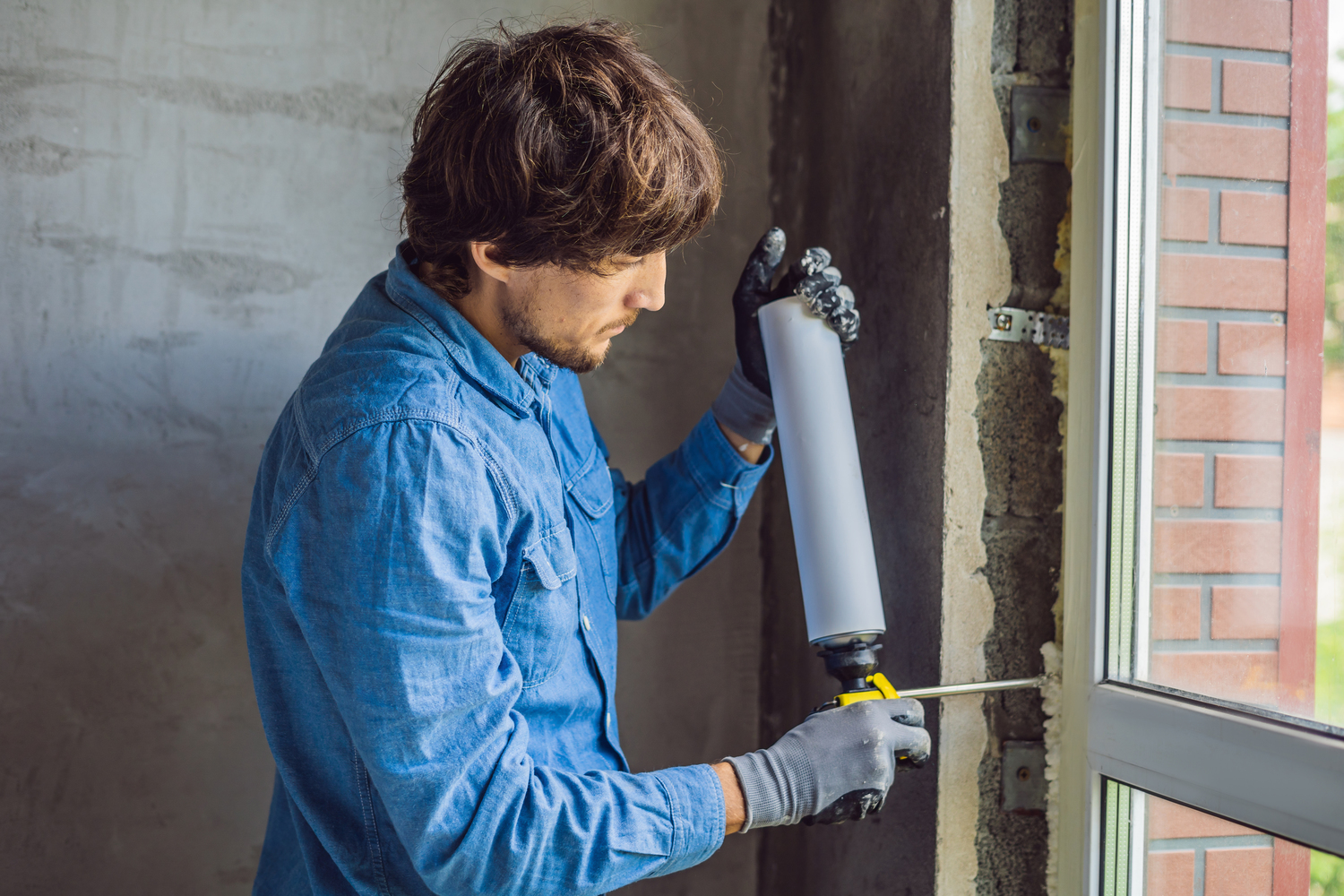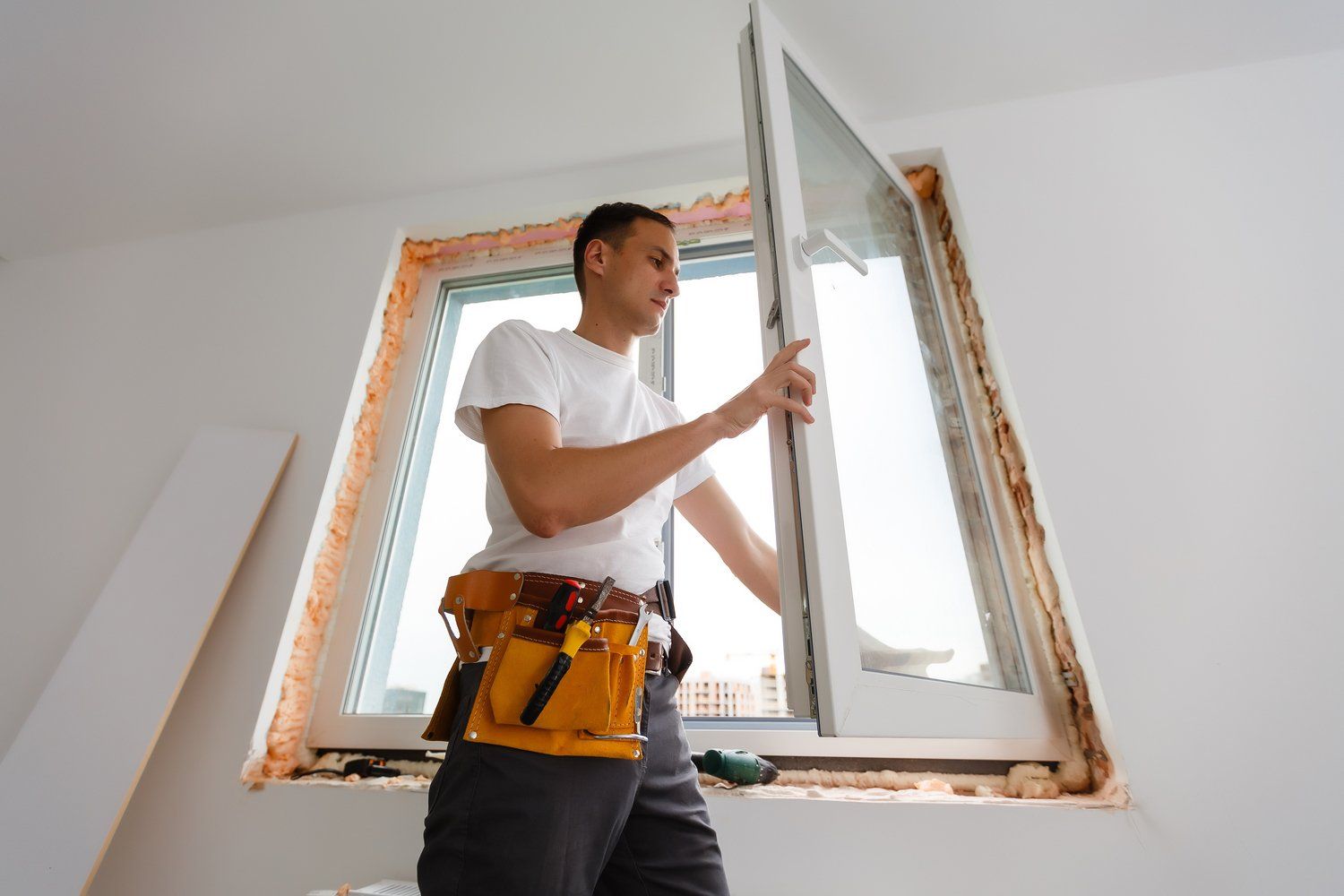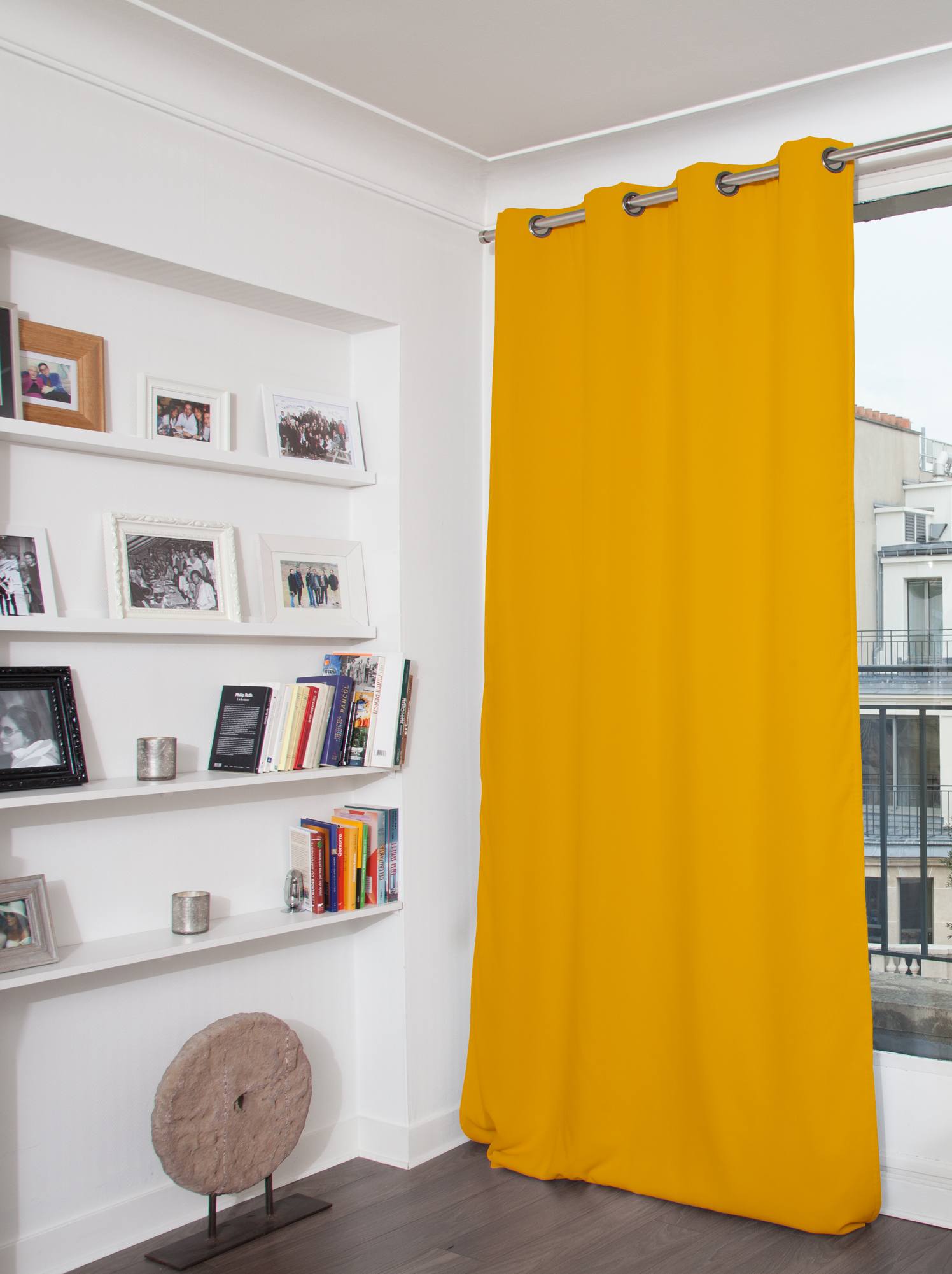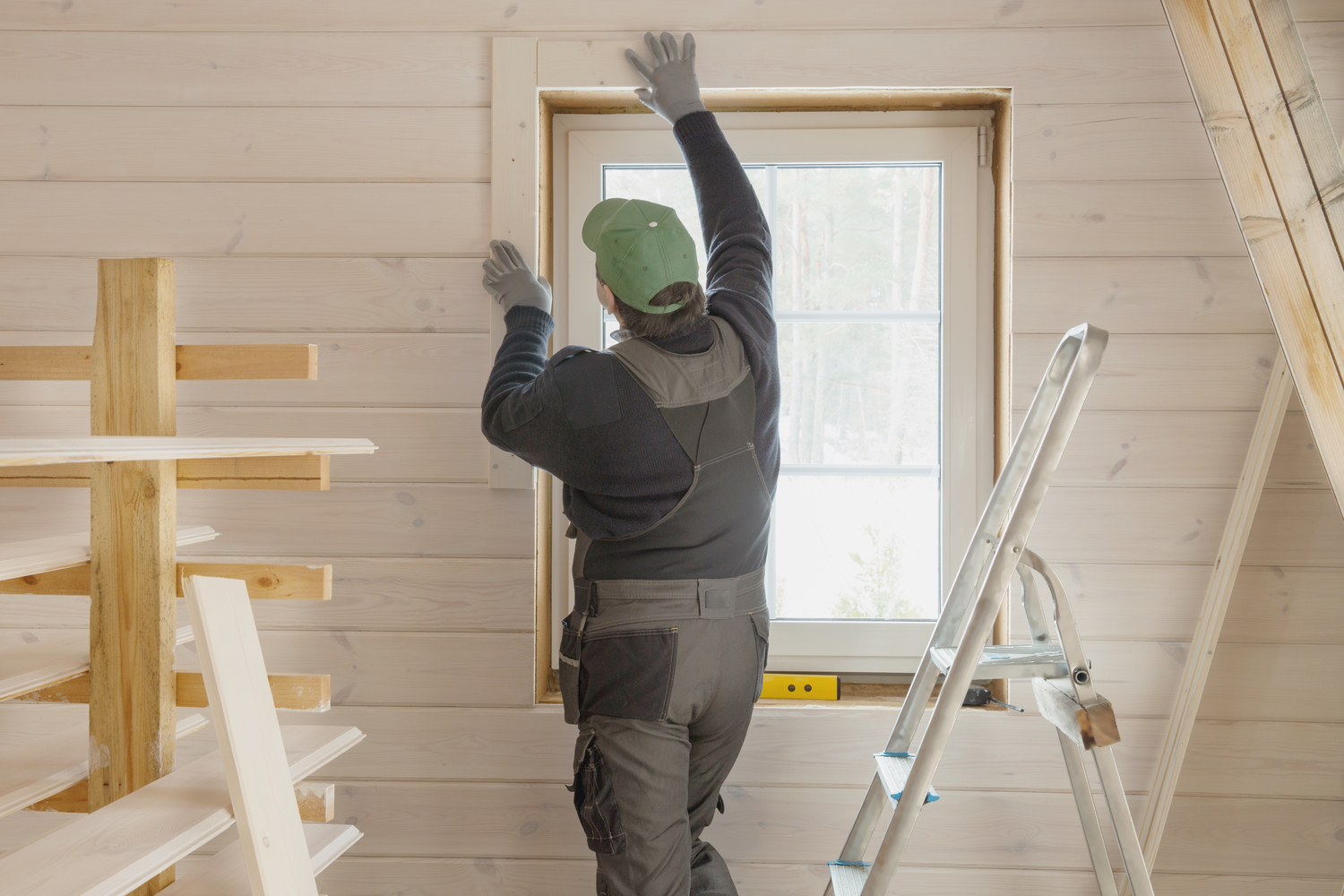Soundproof a window – Create a quieter and more comfortable environment
Windows are one of the biggest sources of noise leakage in a building and can let in disturbing noise from traffic, neighbors, construction sites, or other sources of noise. Soundproofing and sound-absorbing a window is therefore an important measure for creating a quieter and more pleasant indoor environment, whether in a home, office, or other environment where noise levels affect concentration and well-being.
Sound insulation vs. sound absorption
What is the difference? To understand how best to deal with noise problems at windows, it is important to distinguish between sound insulation and sound absorption:
Sound insulation
Sound insulation involves blocking sound from penetrating the window by using materials that reflect or absorb sound waves before they enter the room. This is particularly important if the problem comes from outside, such as traffic noise or noise from neighbors.
Sound absorption
Sound absorption involves reducing reverberation and reflections of sound inside the room. This creates more pleasant acoustics and is important in rooms where sound bounces between hard surfaces, which can amplify noise.
Depending on the sound problem, a combination of both methods may be the best solution.
Combine solutions for the best effect
To achieve optimal sound insulation, it may be necessary to combine several methods. An effective solution could be, for example:
- Install laminated or triple-glazed windows to block sound from outside.
- Seal window frames and gaps to prevent sound leakage.
- Use sound-absorbing curtains to reduce reflections and improve the acoustics in the room.
- Supplement with window films or sound-insulating panels for extra damping.
The choice of method depends on the type of noise problem, the use of the room, and your budget.





